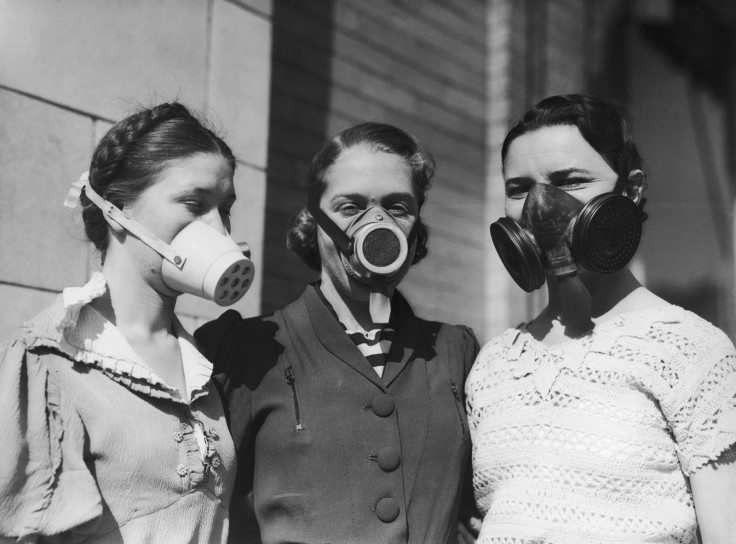Nasa: Worst US Drought of Last Millennium Happened in 1934 and was Caused by 'Dirty Thirties' Dust Bowl

Scientists from Nasa have discovered the drought of 1934 was the worst in North American history over the last thousand years, due to the dust storms of the "Dust Bowl" period.
Using a tree-ring-based drought record from the years 1000 to 2005 alongside modern records, scientists from the US space agency and the Lamont-Doherty Earth Observatory found the drought in 1934 to be up to 30% more severe than the second-worst drought in 1580.
It was the worst by a large margin, falling pretty far outside the normal range of variability that we see in the record
It spanned across 71.6% of western North America. For a modern-day comparison, the average extent of the 2012 drought was 59.7%.
"It was the worst by a large margin, falling pretty far outside the normal range of variability that we see in the record," climate scientist Ben Cook, of Nasa's Goddard Institute, told NBC News.
According to the research, two sets of conditions led to the severity and extent of the 1934 drought. First, a high-pressure system in winter sat over the west coast of the US and turned away wet weather – similar to the pattern that occurred in the winter of 2013/14.
Dust Bowl days in the Dirty Thirties
The second condition was the dust storms during the so-called "Dust Bowl" days - otherwise known as the Dirty Thirties - in the North American plains, caused by poor land management practices, which suppressed rainfall.
Dust clouds reflect sunlight and block solar energy from reaching the surface, preventing evaporation that would otherwise help form rain clouds. Therefore, the presence of the dust clouds themselves leads to less rain.
"In combination then, these two different phenomena managed to bring almost the entire nation into a drought at that time," said co-author Richard Seager, professor at the Lamont-Doherty Earth Observatory of Columbia University in New York.
"The fact that it was the worst of the millennium was probably in part because of the human role."
In combination then, these two different phenomena managed to bring almost the entire nation into a drought at that time. The fact that it was the worst of the millennium was probably in part because of the human role
By examining history of droughts, the scientists hope to understand to what extent climate change might make it more or less likely that such events occur in the future.
The abnormal high-pressure system is one lesson from the past that informs scientists' understanding of the current severe drought in California and the western United States.
"What you saw during this last winter and during 1934, because of this high pressure in the atmosphere, is that all the wintertime storms that would normally come into places like California instead got steered much, much farther north," Cook added.
"It's these wintertime storms that provide most of the moisture in California. So without getting that rainfall it led to a pretty severe drought."
Dust storms like the ones in the 1930s aren't a problem in North America today, as agricultural practices that gave rise to the Dust Bowl were replaced by those that minimise erosion.
However, agricultural producers need to pay attention to the changing climate and adapt accordingly, Seager said.
Climate change is likely to make droughts in the US worse, according to the recent Fifth Assessment Report of the Intergovernmental Panel on Climate Change.
The research is published in the journal Geophysical Research Letters.
© Copyright IBTimes 2025. All rights reserved.






















